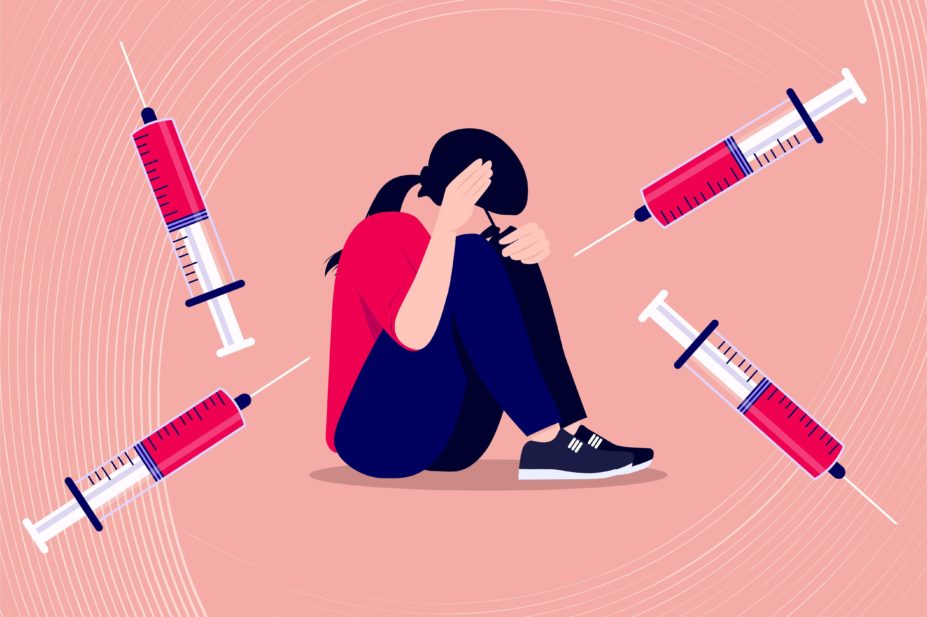The start of Fall is the start of new trends.
We see it everywhere, from coffee shops to fashion outlets. This Fall, the second since the start of the pandemic, we see a new trend – marketing COVID-19 vaccines to the unvaccinated and to those eligible for newly approved booster doses.
We see cities enacting new vaccine initiatives rife with clever buzzwords. We see healthcare systems unleashing waves of physicians repeating some contrived catch-phrase – trust us, trust us – as though the repetition creates credibility somehow.
Most of these campaigns will not work. They address the targeted audience incorrectly.
They assume the unvaccinated fall into two camps – the ones who will never get it and the ones who just need a little convincing. And they assume most who qualify for booster doses will get it willingly, but those who remain uncertain are similar to the latter unvaccinated camp.
So they cultivate a message of awareness – get the word out, you are eligible, support your community. A strategy often used in political campaigns to convince people to turnout for elections. But convincing a Democratic voter to support a Democratic political candidate is quite different from convincing a vaccine hesitant person to get vaccinated.
We are not convincing someone to do something they are already inclined to do. We are convincing someone to do something they are hesitant to do.
The underlying behavioral response these campaigns seek to evoke is different. Therefore, the messaging must be also different. The campaigns must focus on hesitancy.
Address all sources of hesitancy. Legitimize them in the minds of the vaccine hesitant. Acknowledge messaging missteps from federal institutions and the preponderance of non-scientific theories floating throughout the internet. Create trust through transparency.
When we acknowledge vaccine hesitancy built over months of misinformation and conflicting policy announcements, we position ourselves to overcome it through direct contrition. Those who remain vaccine hesitant are not ignorant of the vaccine’s benefits. They believe the risks outweigh the benefits because they are not fully convinced of the benefits. It is a matter of trust, not awareness.
But not all forms of hesitancy are similar. We should not conflate the unvaccinated who are convincible with those who qualify for booster doses yet are unsure of why they should get it. The former has not received any vaccines and the latter has already received two. In the first case we want to convince someone to do something for the first time. And in the second case we want to convince someone to do something for the third time.
The underlying behavioral response is different and so is the hesitancy. The unvaccinated are uncertain about the value of vaccines overall. Those who qualify for boosters are confused about different signals coming from federal institutions and the conflicting data interpreting the benefits of boosters.
A vaccine marketing campaign focused on general awareness will do nothing to address the different forms of hesitancy. And therefore will be ineffective.
Campaigns should instead address vaccine hesitancy at its source, recognizing that different forms of hesitancy have unique sources. And craft separate campaigns addressing these specific sources – one to convince the unvaccinated and one to convince those hesitant of receiving a booster dose.
We would not treat two patients with different diseases with the same medication. So we should not address different sources of vaccine hesitancy with the same marketing campaign.
So perhaps this Fall we start a new trend. One in which we create vaccine marketing campaigns addressing specific sources of vaccine hesitancy, and not just utilizing the same general platitudes of awareness.
We might see another trend – an uptick in vaccination rates.
















You do realize you are asking them to think and work, be honest and do something besides think of the money and like-minded friends they will gain?
…It’s OK, …I ask of them the same things…